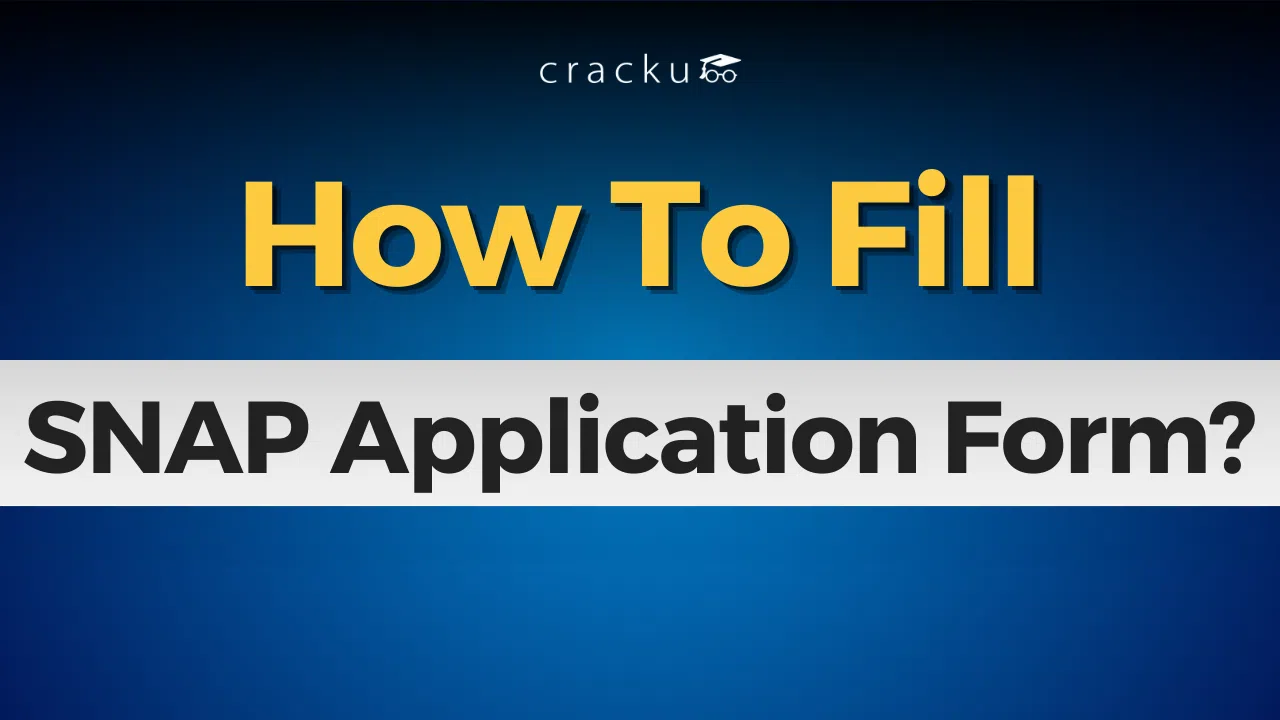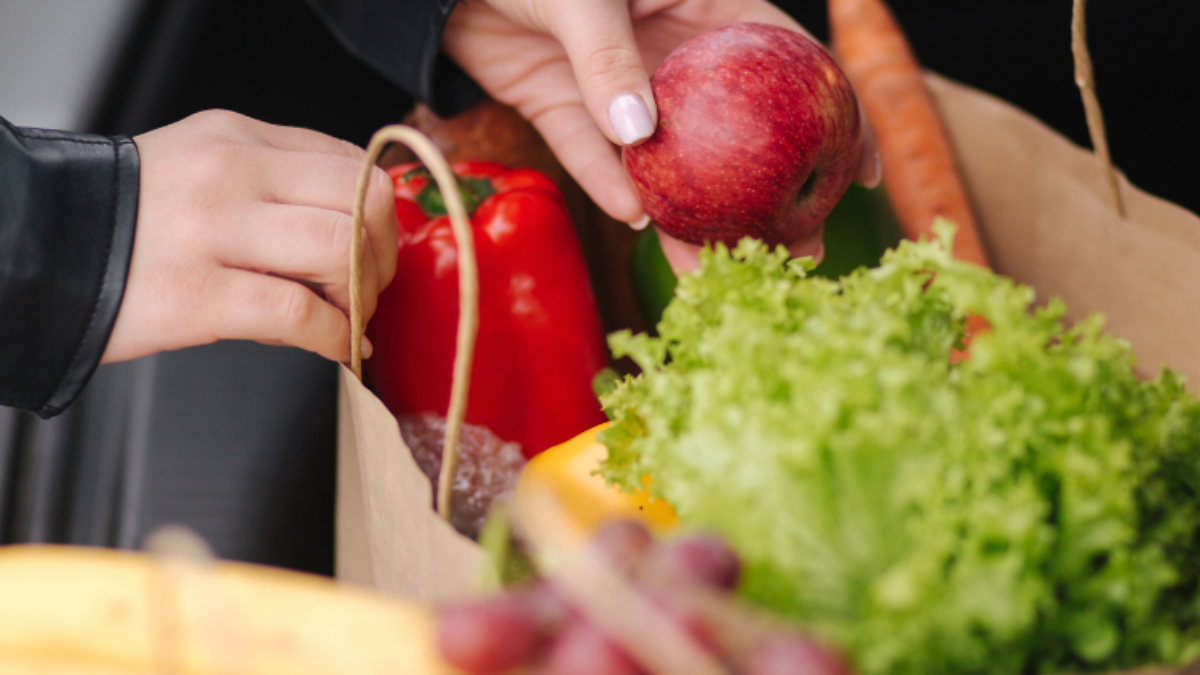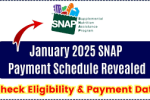The Supplemental Nutrition Assistance Program (SNAP), commonly known as food stamps, helps eligible individuals and families with the funds to buy nutritious food. The U.S. Department of Agriculture (USDA) funds this program, and each state and territory administers it with assistance from the USDA. If you’re planning to apply for SNAP benefits in 2025, it’s important to understand the documents you need to gather for a smooth application process.
1. Where to Apply for SNAP Benefits
Before you begin gathering documents, it’s important to know that you must apply for SNAP in the state where you currently reside. Each state has different rules and income limits, and they may also consider resources like savings and bank balances.
To apply for SNAP, there are several methods available, depending on your state. Most states have online portals that allow you to submit an application and supporting documents electronically. Alternatively, you can apply by phone, in person at a nearby SNAP office, or by mailing your application. If you don’t submit all the necessary documents along with your application, the state agency will contact you to let you know what is missing.
2. Types of Documents You Need
The following documents are commonly required during the SNAP application process. However, the exact requirements may vary by state, so it’s always a good idea to check with your local SNAP office to ensure you’re submitting the right documents.
Proof of Identity
You need to prove your identity to apply for SNAP benefits. Accepted documents include:
- Driver’s license
- State ID card
- U.S. passport
- Military ID
- School ID
- Birth certificate
- Adoption records
- Naturalization certificate
Proof of Citizenship or Immigration Status
SNAP is available to U.S. citizens and certain qualified immigrants. The required documents to prove your citizenship or immigration status include:
- Social Security card
- Birth certificate
- Naturalization certificate
- Green card (Permanent Resident Card)
- Employment Authorization Card
- Military records
- U.S. passport
Proof of Residency
You must show proof that you live in the state where you are applying for benefits. Common documents that can verify your address include:
- Rental lease or agreement
- Mortgage records
- Voter registration card
- Letter from your landlord confirming your address
Proof of Earned Income
Earned income refers to the money you earn from work or self-employment. To show proof of earned income, provide the following documents:
- Recent paycheck stubs
- Tax records
- Bank statements
- A letter from your employer verifying your income
Proof of Unearned Income
Unearned income includes things like child support, Social Security benefits, and pension payments. Documentation for unearned income may include:
- Benefits award letters from the state or Social Security Administration
- Child support award letters
- Pension payment statements
- Statements showing dividend payments
Proof of Resources
Resources refer to things you own that could affect your eligibility for SNAP benefits. These may include savings, checking accounts, or other assets. The types of documents required to prove your resources are:
- Bank statements for checking and savings accounts
- Stock or bond certificates
- Documents related to vacation properties or recreational vehicles
Proof of Disabilities
If you or someone in your household has a disability, you may need to provide medical documentation. Acceptable documents include:
- Medical records
- A doctor’s letter confirming the disability
Proof of School Attendance
If you are a student, there may be exemptions or special rules for your SNAP eligibility. To prove your school attendance, you may need to submit:
- Enrollment records
- Documentation proving your eligibility for student exemptions
Proof of Household Expenses
You must provide information about your household expenses, which can impact your SNAP eligibility. Proof of expenses can include:
- Mortgage or rent statements
- Utility bills
- Phone bills
- Property tax records
- Homeowner’s insurance receipts
Proof of Medical Expenses
Certain medical expenses can be deducted from your household’s income, which can increase your SNAP benefit amount. Documents to support your medical expenses include:
- Medical, dental, or mental health care bills
- Statements from healthcare providers
Proof of Childcare Expenses
If you pay for childcare for a child under the age of 12, you may qualify for deductions that affect your SNAP benefits. Provide the following documents to prove your childcare expenses:
- Childcare payment receipts
- Documents showing the costs for dependent care
3. How to Submit Documents
Once you’ve gathered all the necessary documents, you can submit them in several ways. As mentioned earlier, most states offer online submission through their SNAP portals, which is quick and convenient. If you prefer, you can mail your application with copies of your documents or apply in person at a local SNAP office. Remember that your application might be delayed if you don’t provide all required documents, so it’s essential to ensure that everything is submitted on time.
4. Contact Your Local SNAP Office
Since requirements may differ from state to state, it’s a good idea to contact your local SNAP office for specific details about your application process. The office can help you confirm which documents are needed and guide you through the application process. If you need further assistance, they can also provide support in filling out your application.
Conclusion
Applying for SNAP benefits requires a variety of documents to prove your identity, income, and other important factors. Each state has its own rules, but the documents listed above are commonly needed for most applications. To ensure a smooth process, gather all the necessary paperwork and contact your local SNAP office if you have any questions. By following these steps, you can improve your chances of qualifying for SNAP and receive the food assistance you need.








